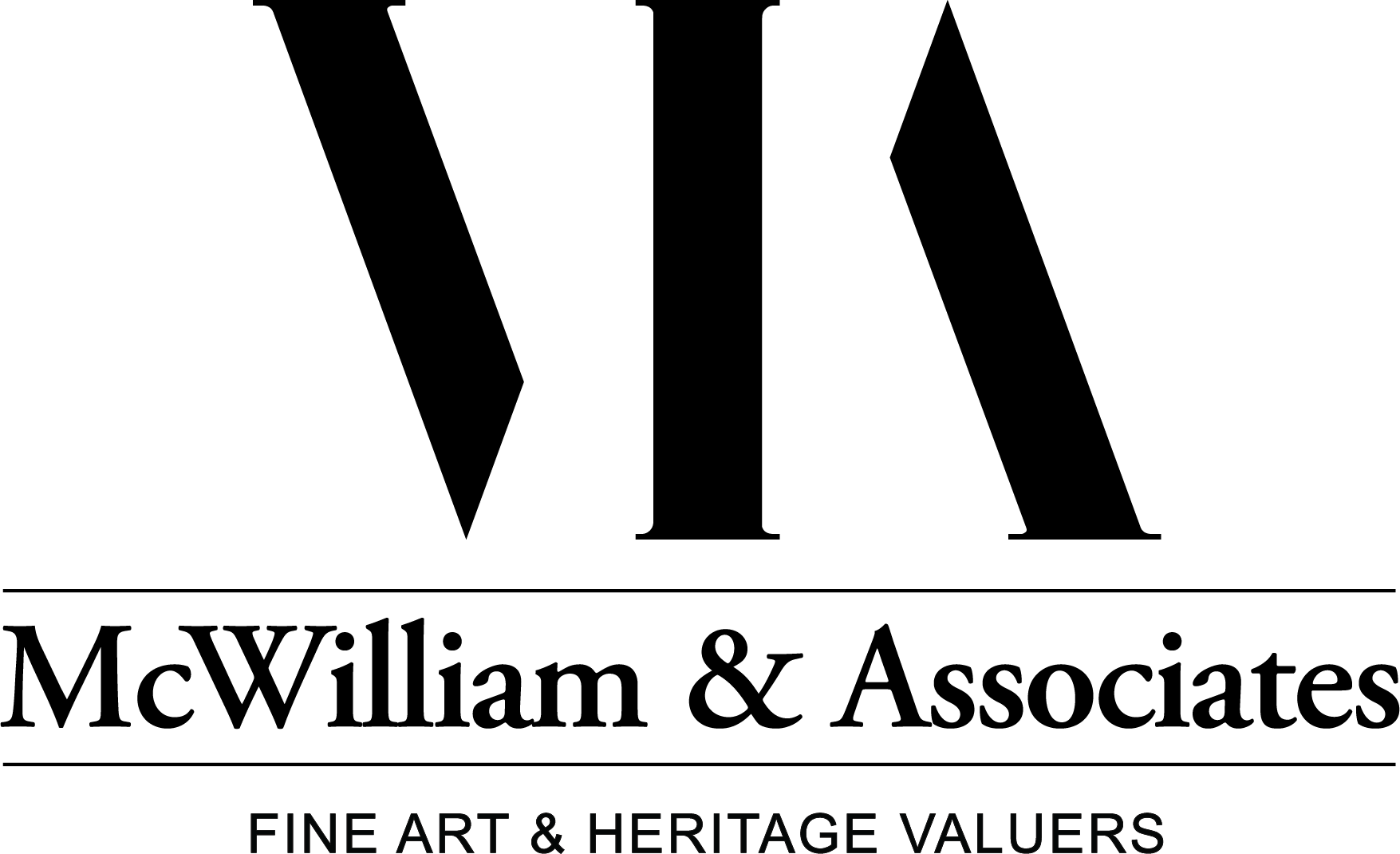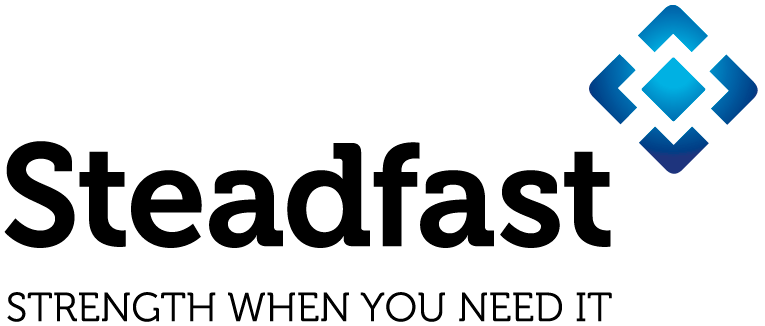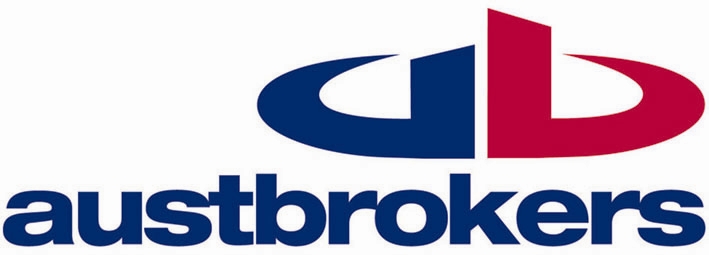Current world tensions, the ongoing impact of COVID-19, and the recent devastating floods in Queensland and New South Wales all make one thing certain -we will continue to see a significant variance in building and asset costs this year.
2022 has already brought some significant price increases including:
Steel costs have risen by almost 50% over the recent months – was $1,100 per ton now approx. $2,000 [1]
for structural steel products with a wait lead time for steel is up to 18 months.Framing timber costs have increased from $3.20 a metre in January 2021 to $8 [2] a metre in November 2021.
Treated pine timber costs have increased from $2.20 a metre to $5.70 [3] if you can get a supply.
Shipping container freight costs from Asia have risen by approx. 300% since early 2020 [4]
New mobile plant/earthmoving assets and motor vehicles wait lead time is now approx. between 3 to 12 months hence a huge increase in second-hand prices.
Why the increases in costs so far?
The increase in cost variances, including those above, is due to four main reasons.
1. Low product supply
2. Shipping delays
3. National dwelling commencements up 50% [5]
4. Labour shortages due to border closures.
So what does it mean for you and your clients?
In November 2021, Core Logic was already quoting a Cordell Construction Cost Index annual increase [5] of 7.1%. The recovery building required after the recent East coast floods will further exacerbate this increase.
Depending on the rate of increase, the significant variance threatens to place older (or out-of-date) valuations at risk of being ineffective for your current insurance requirements.
Ensure assets are adequately insured
Andrew Nock Valuers stays up-to-date with all price changes when carrying out valuations which are especially important as more significant variations in costs reveal themselves, or even increase, throughout 2022.
Get in touch with us to discuss any concerns you have about this significant increase in costs and, if required, to organise a no-obligation valuation proposal for yourself and/or your client.
[1] https://www.theurbandeveloper.com/articles/construction-industry-steel-supply-shortage
[2] https://www.abc.net.au/news/2022-02-24/why-are-building-costs-so-high/100852570
[3] https://www.smh.com.au/property/living/something-needs-to-give-timber-scarcity-catastrophic-for-owners-and-builders-20211209-p59gbt.html
[4] https://www.afr.com/companies/infrastructure/steelmakers-warn-infrastructure-costs-will-keep-rising-20210811-p58hse
[5]https://www.corelogic.com.au/news/national-housing-construction-costs-explode-rising-fastest-rate-introduction-gst
Disclaimer: This is not intended to cover your individual circumstances. The content represents our opinion at the time of writing. Liability Limited by a scheme approved under Professional Standards Legislation















